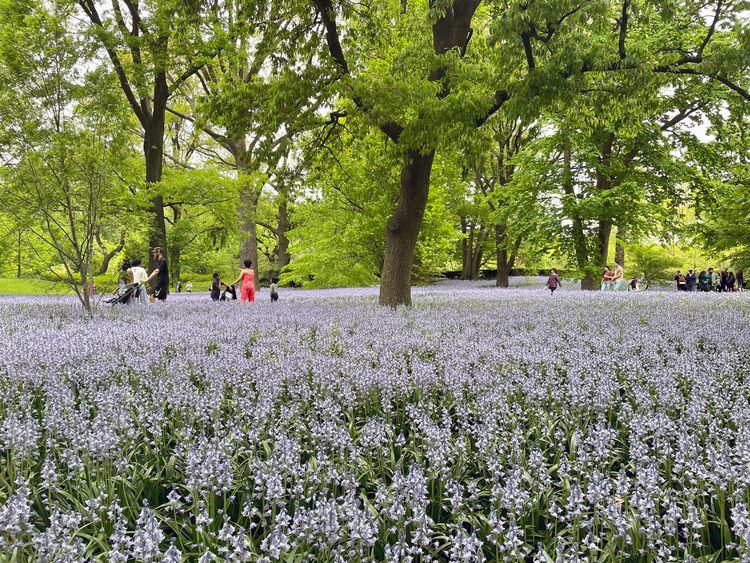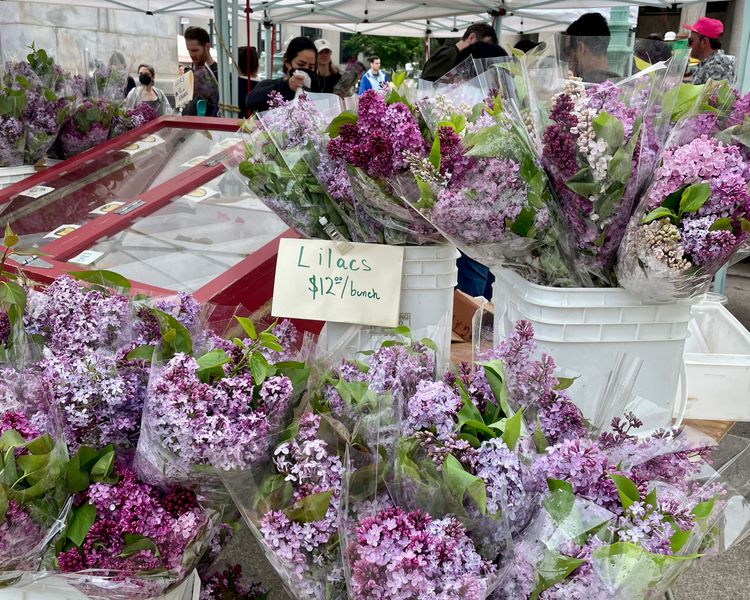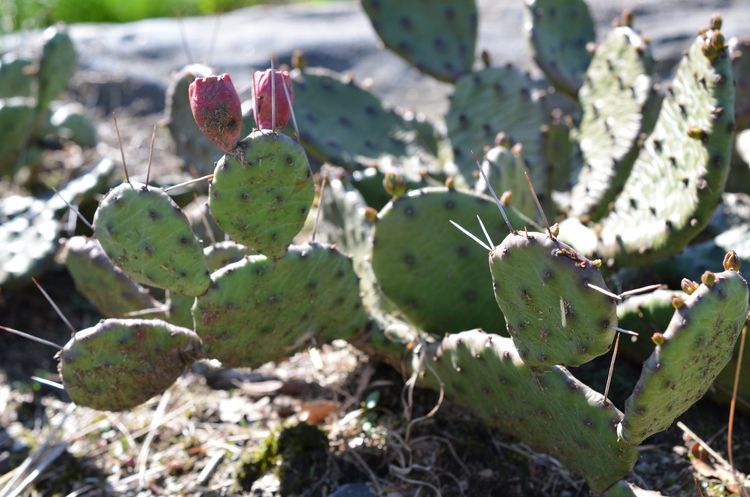Lawns Present a Fleeting Moment of Unnatural Perfection

Has there ever been a more perfect symbol of human triumph and hubris than an expanse of flawlessly clipped grass? It is the moon landing and Oedipus’s pre-downfall pride coalesced into even green. The groundskeepers at Yankee Stadium and the landscapers of Central Park’s Great Lawn have been babysitting their bladed charges to achieve the moment of perfection that hovers before the first tourist footfall or away-team running, turning, turf-ripping catch (which has, by now, already occurred).
Let us not, in these short paragraphs, unpack whether a lawn is a thing that should exist at all. Almost certainly, let us agree, it should not: the emerald of American suburbia is a blight upon the natural world and quivers with colonialism. But few amongst us can resist the siren song of a sweeping swath when spring is in the air.
The purpose of a public lawn is to be strewn with picnic baskets and untied bikini tops flattened under tanned trapeziuses, to soften the fall of a frisbee and willingly accept the penetrating stakes of a volleyball net. And yet, the very embrace of its purpose is the means of its destruction. In the 1980s, the Great Lawn became known as the Great Dust Bowl, due in part to Paul Simon concerts and the annual cleated impact of “12,100 softball games, involving 250,000 participants.”
Fortunately for ad hoc wedding parties and bocce enthusiasts, the 1990s saw a revitalization of lawns across Central Park, and today, their lessons learned have assumed the form of a 100-page Turf Care Handbook. So, unfurl your blanket upon the Edenic, virgin swards of late-April. Raise an illicit Solo cup of rosé to those who have shepherded this nonpareil expanse into existence and who will nurse the scars that remain upon your departure.

- New York City’s lawns have often been foci of cultural moments. Just prior to the establishment of the Great Lawn, that land was the site of a Hooverville, a shanty town that grew in the wake of 1929’s stock market collapse. This unsanctioned community found sympathy in a society beset by the Great Depression. E.g., rather than send 22 unhoused men to jail, one judge in 1931 suspended their sentences and doled out $2 per person from his own pocket. More recently, the East Meadow hosted a field hospital for COVID-19 patients in 2020. The stark white tents against the green expanse will haunt many of our memories for years to come.
- The contrast of a white, wooly flock of sheep against a verdant green calls to mind pastoral ease. But there’s another sort of white flocking beneficial to lawns—snowfall can insulate against winter wear and tear. This past winter’s lack of said frozen precipitation was lamented by turf care managers at the Central Park Conservancy.
- Long ago, camels mowed Central Park. We can only imagine that it was not a scalable option for landscape management. Perhaps their numbers were drawn from the herd of camels that inhabited the Central Park Zoo. Alas, one sad tale from 1930 relates the passing of Volstead, a 14-year-old male, whose demise occasioned “acute” grief amongst the surviving ungulates. Hold tight to your humps, friends, lest they meet an untimely demise.




